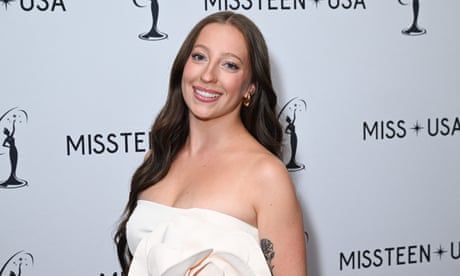
A bland, dull aesthetic so ubiquitous, devotees of the trend are accusing one another of copying them
In Texas, a lawsuit has been filed in which one Amazon influencer is being sued by another Amazon influencer for damages that could reach into the millions, impact how influencers influence forever, and also how we see the colour beige. The job of an Amazon influencer, let me explain – let me quickly explain – for those of you who just see letters here, smudged together without thought or meaning, is to buy things from Amazon – luggage, jewellery, a handbag in the shape of a conch – then recommend it to their online followers. If someone else purchases it by clicking on their link, they get up to 10% commission on the sale. It’s a whole job – it’s a whole life. According to online tech magazine The Verge, Sydney Nicole Gifford of Minneapolis is accusing Alyssa Sheil of Austin of (among other things) “copyright infringement, tortious interference with prospective business relations and misappropriating another person’s likeness”, and the case, to my eyes anyway, pivots on beige.
I write this as Pantone reveals its colour of the year, which they describe as an “evocative soft brown” called Mocha Mousse. It’s beige. It’s beige in shadow, in low light through ivory voile, it’s the colour of Molly-Mae and tradwives and quiet luxury, it’s the colour of expensive coats and discounted Amazon jewellery stands. It reflects our current politics, our current mood. It’s slightly shitty. It’s of the colour family of fear, I believe, of conservatism and control, even capitalism, perhaps, illustrated by the rotating nothingness of our influencers and the objects’ thirst for stains. It makes perfect sense to me that a rise in cases of anxiety rose in parallel with a return to minimalism – the women enamoured with beige are creating anxious spaces, not because of their aesthetic intentions, rooms for peaceful meditation, but because they expose a fear both of spillages and of getting it wrong.
Continue reading...